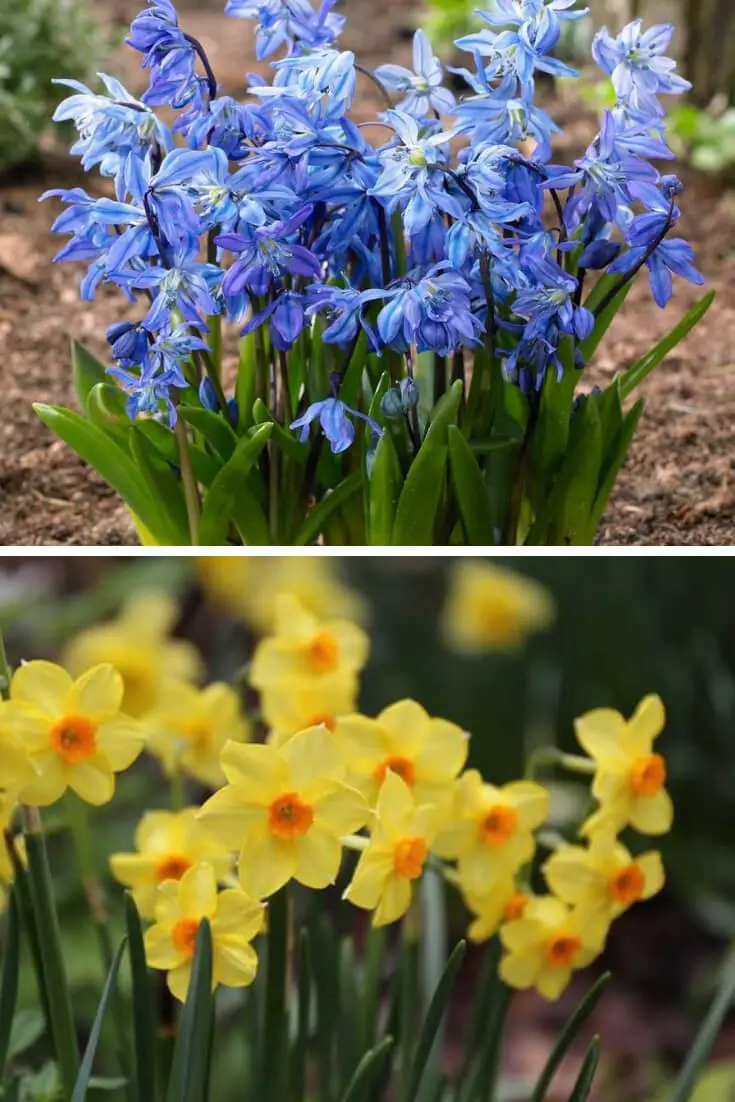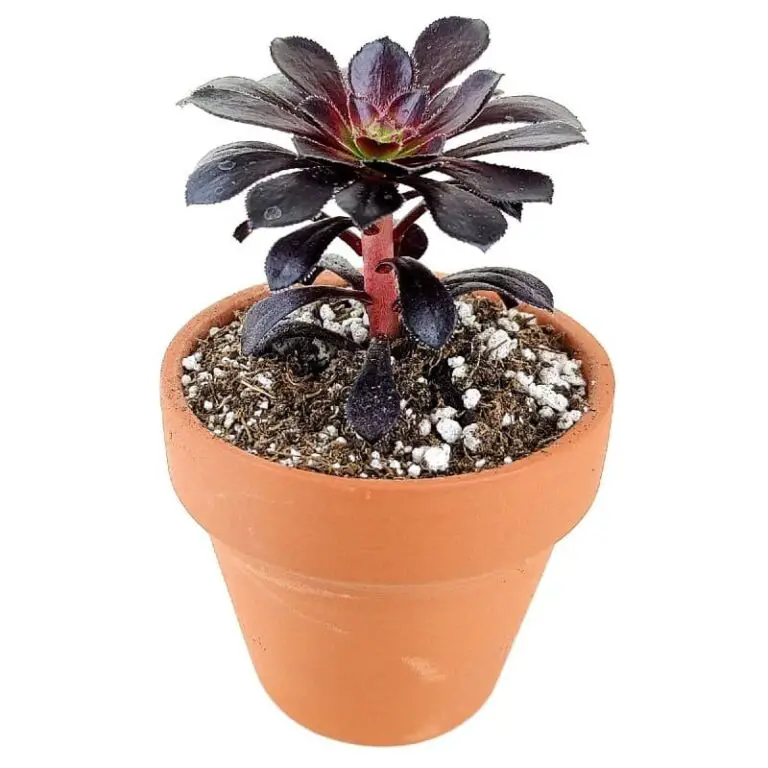20 Best Plants That Grow In The Dark
While it’s commonly believed that plants require light to thrive, the reality is that not all plants need sunlight to grow well. In fact, there are many species that can flourish in low-light conditions or even complete darkness. This raises an intriguing question: what types of plants can tolerate – and indeed benefit from – these conditions? The answer lies in a diverse range of house and edible plants that can adapt to low-light settings.
From the familiar peace lily to the more exotic Chinese evergreen, we’ll explore 20 plants that can grow in the dark, including some surprising edibles like mushroom and white asparagus. Whether you’re looking to add some greenery to a dimly lit room or seeking novel ways to cultivate your own food, this article will provide insight into the world of plants that can thrive in the shadows.
20 Plants That Grow In The Dark

House plants grow in the dark
If you’re looking for low-maintenance houseplants that can bring some greenery and warmth to your interior spaces, or perhaps add a touch of brightness to rooms with limited natural light, there are certain species that excel in these conditions. For instance, consider the following plants that not only tolerate but actually thrive in darker environments.
Philodendron
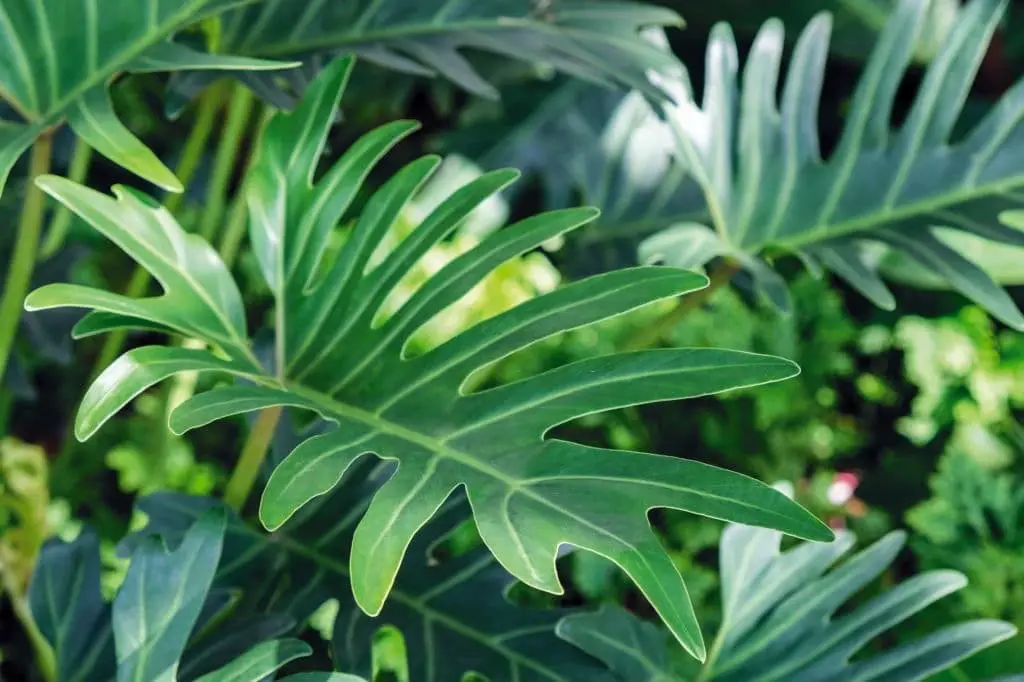
This plant has evolved to thrive in the dense forests where tree canopy provides a constant veil of shade. As a result, it’s highly adapted to low-light conditions, tolerating darkness as well as dimly lit environments. Its ability to flourish in such conditions makes it an ideal choice for planting in pots or areas with limited natural light.
In fact, it can even thrive in humid climates and rooms devoid of direct sunlight, making it a versatile option for those seeking to bring some greenery into spaces with minimal light.
Dracaena
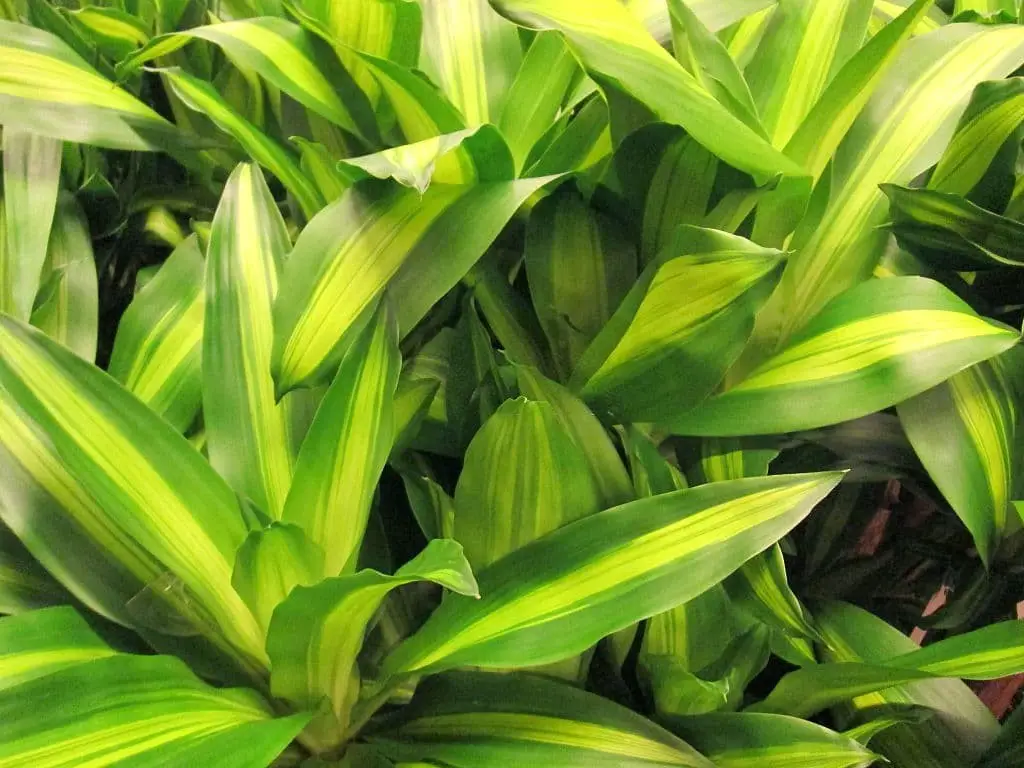
The Dracaena plant, also known as the corn plant, may be mistaken for a palm at first glance due to its unique appearance. It thrives in low-light environments and can even tolerate complete darkness, making it an excellent choice for brightening up dimly lit areas.
However, when it comes to this plant’s care, there are two crucial considerations: overwatering must be avoided, as it can be detrimental to the plant’s health; secondly, Dracaena is toxic to pets and should be kept out of reach to ensure their safety.
Peace lily

This adaptable plant thrives in a range of lighting conditions, from bright rooms to low-light or even dark environments. Its stunning features include glossy, vibrant green leaves and dainty white flowers that add a touch of elegance. As an added bonus, it has the ability to purify the air, making it an excellent choice for indoor spaces. To keep its lush appearance, be sure to water it regularly and propagate new cuttings to scatter throughout rooms that could use a boost of natural beauty.
Snake plant
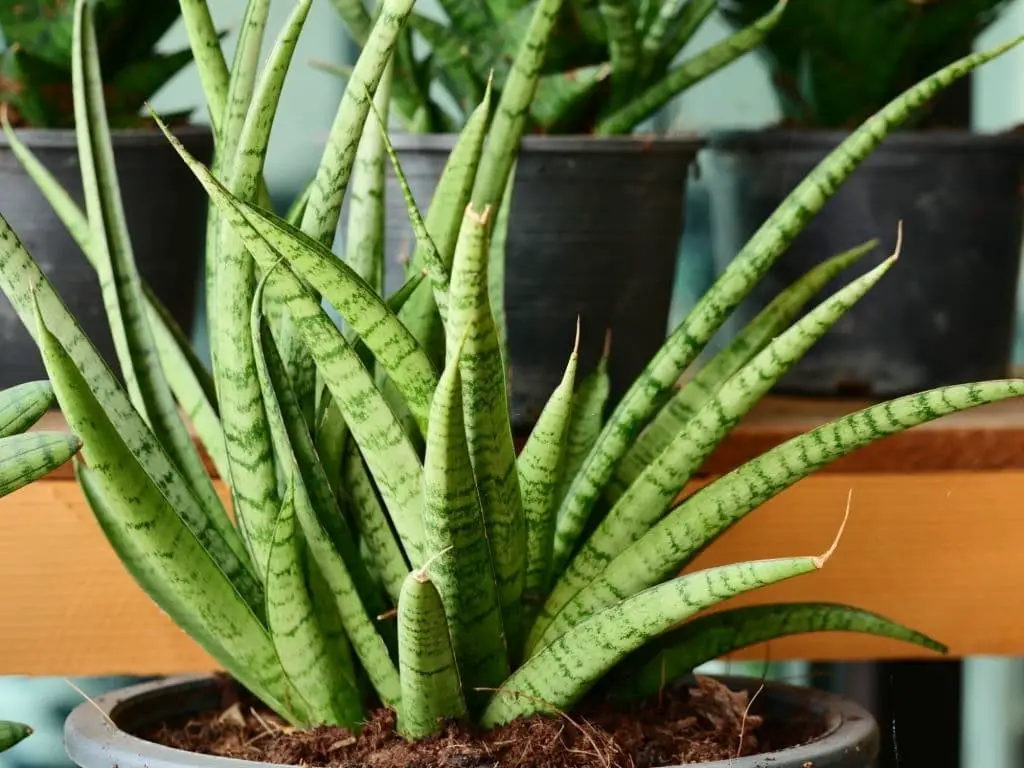
The Sansevieria’s impressive air-purifying abilities have been scientifically proven by NASA research. What’s more, this plant thrives on a unique principle – the less light it receives, the faster it grows. In fact, at night, the Sansevieria produces more oxygen than many other plants, making it an ideal choice for kitchens and bedrooms where a good night’s sleep is essential. Its low-maintenance nature only adds to its appeal, as it can withstand neglect without compromising its lush growth.
ZZ plant (Zamioculcas Zamiifolia)

This stunning houseplant boasts vibrant, glossy foliage and robust leaves that can withstand a variety of growing conditions. Its adaptability makes it an ideal choice for those without extensive gardening experience, as it can thrive in poor soil, low water, and limited light. In fact, this plant is remarkably resilient and can even tolerate complete darkness, causing its greenery to become increasingly lush and vibrant with time.
Parlor palm (Chamaedorea elegans)
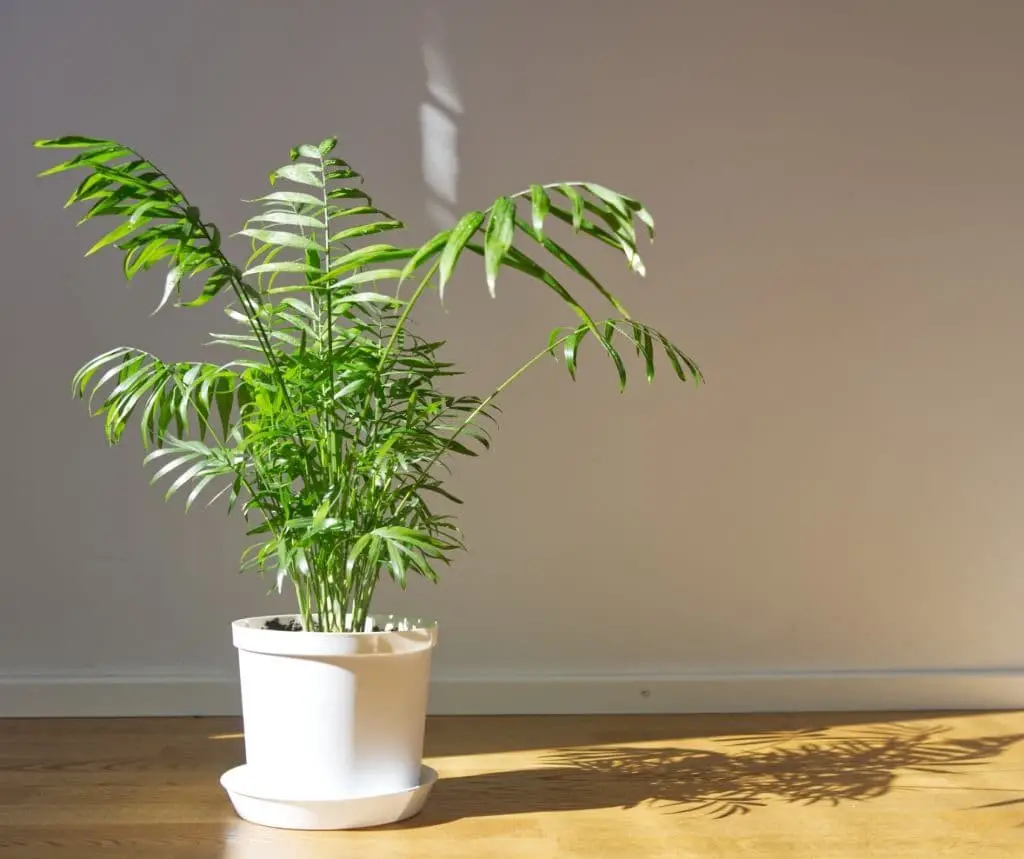
This rare tropical plant is surprisingly adaptable to indoor environments, capable of thriving in complete darkness. As long as it receives the right amount of moisture, it can flourish independently. Its unique characteristics make it a low-maintenance option for houseplants, with its striking, long, and waxy bright green foliage being a standout feature that can add a pop of color to even the darkest rooms.
Maidenhair fern
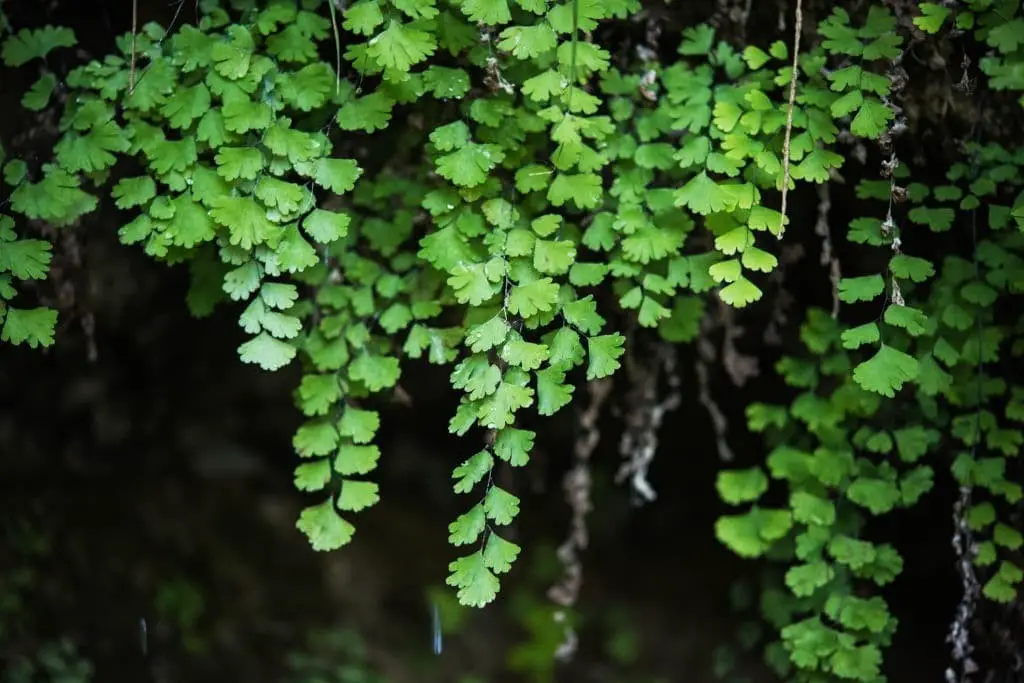
The Boston fern’s unique characteristics make it a versatile and low-maintenance option for indoor container plants. As a species that thrives in thick rainforests, it’s well adapted to grow in low-light or even dark environments, making it an excellent choice for spaces with limited natural light. In fact, this fern is the most widely distributed variety, known for its robust leaves that can withstand strong rains and winds without sustaining damage.
To keep it happy, simply ensure the soil remains consistently moist, and you’ll be rewarded with a thriving and resilient plant.
Chinese evergreen
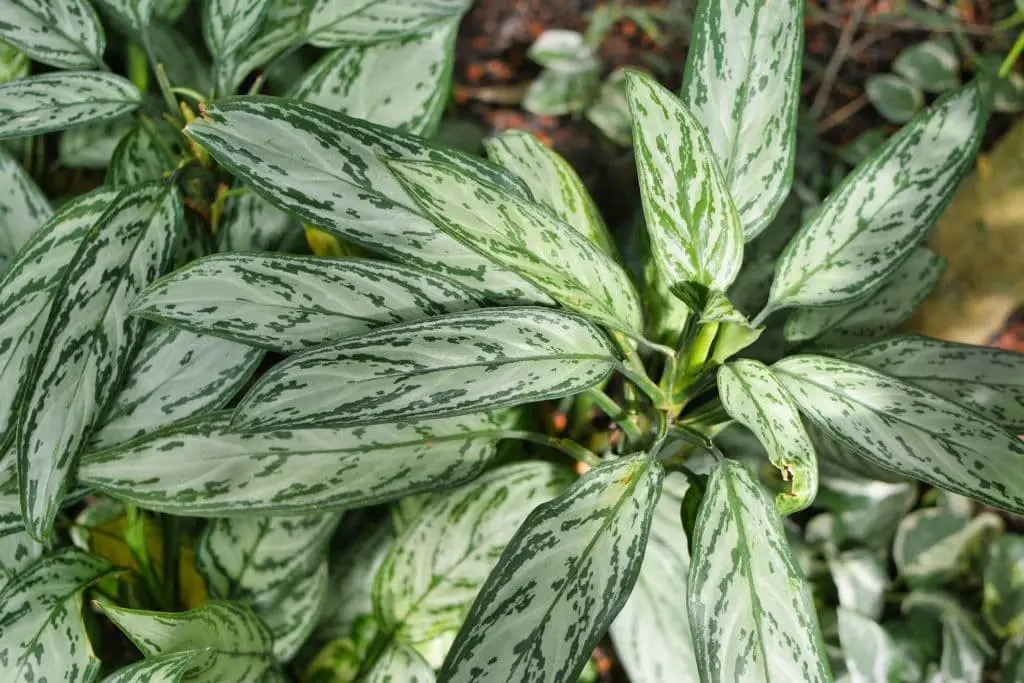
One popular houseplant loved for its stunning silver-green foliage and easy care requirements is particularly well-suited for low-light environments, thriving in conditions ranging from dimly lit to completely dark rooms. While this plant’s beautiful, waxy leaves do have a tendency to attract dust, regular maintenance is necessary to keep them looking their best. This involves gently wiping each leaf to remove any accumulated debris and ensure the plant continues to flourish.
Pothos
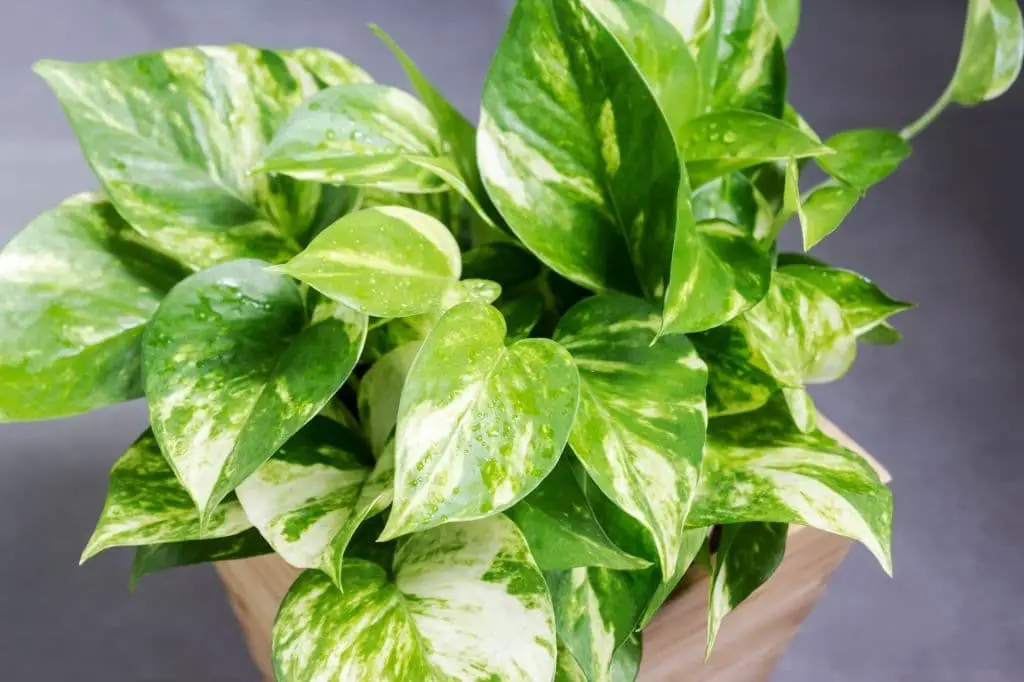
Dubbed the devil’s ivy, this versatile plant is renowned for its ability to thrive in diverse environments, including low-light to dark spaces without compromising on its robustness. Its air-purifying properties make it a popular choice for comfort rooms and basements, where the water-propagated pothos variety often takes center stage.
Spider plant
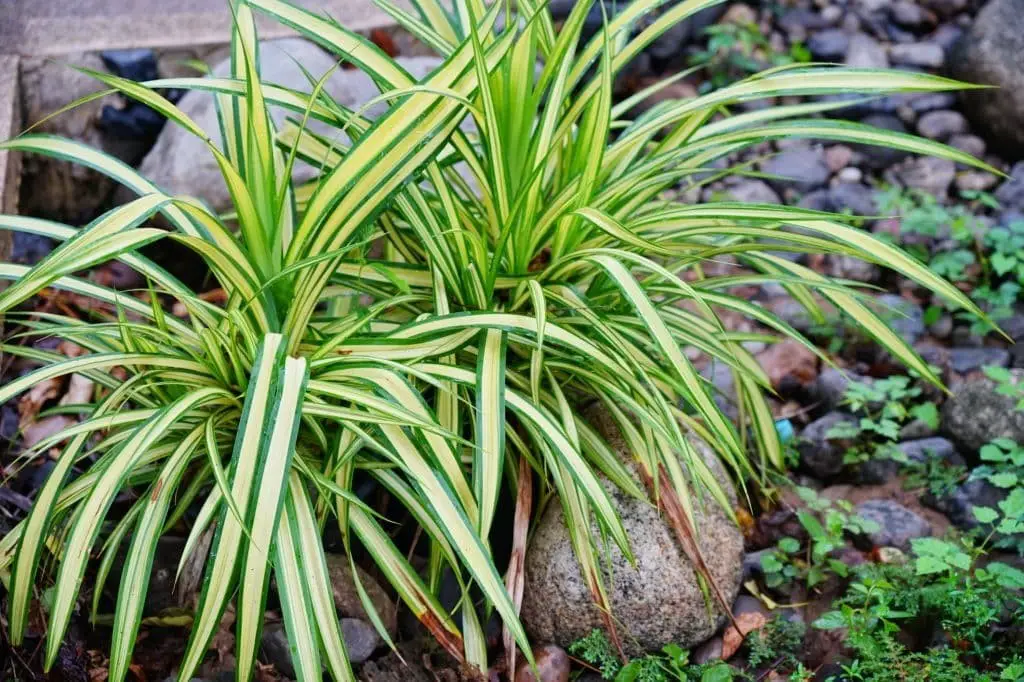
Like the snake plant and philodendron, spider plants have adapted to thrive in low-light environments, tolerating complete darkness if needed. Moreover, they are nocturnal oxygen producers, purifying the air with each passing night. Their unique ability to do so has led to their placement in bedrooms and living rooms, where they can enhance the space’s ambiance.
Interestingly, spider plants are renowned for being exceptionally resilient, earning them a reputation as one of the most difficult-to-kill houseplants. Although their leaves may be slender and delicate, they possess an impressive capacity for survival.
Edible plants that grow in the dark
When cultivating a thriving indoor garden, it’s essential to be aware of the edibles that can tolerate low-light conditions. This knowledge allows you to strategically place certain plants near windows or under artificial lighting to optimize growth. Some remarkable herbs and vegetables can actually thrive in darkness, making them perfect for indoor cultivation. For instance,
Mushroom
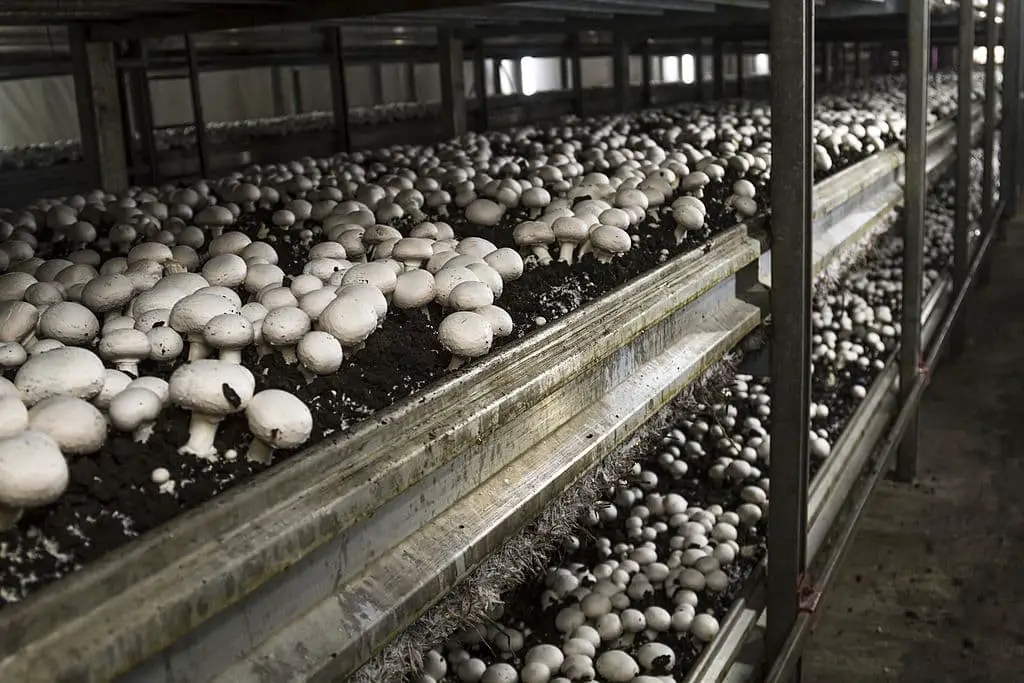
Mushrooms, although not technically plants, are an integral part of many cuisines around the world. Despite their non-plant status, they thrive in environments characterized by darkness and high humidity. Unlike plants, which require sunlight for photosynthesis, mushrooms rely on organic matter such as sawdust, wood, and straws to sustain themselves. For those living in areas with limited natural light, cultivating mushrooms can be a rewarding experience.
White asparagus
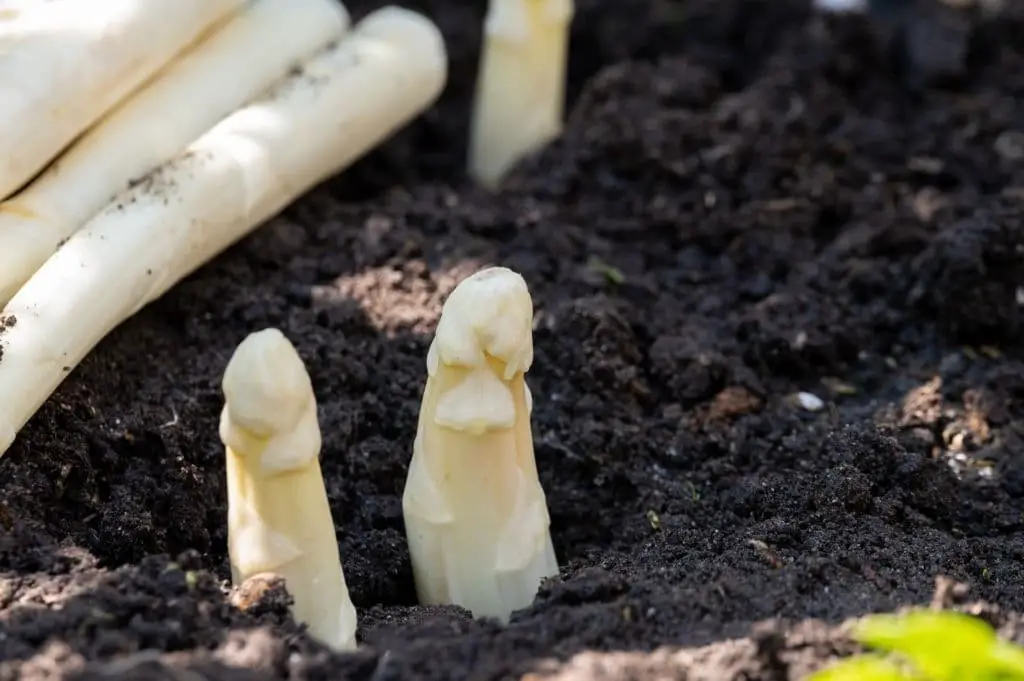
While many are familiar with the green variety, white asparagus is a lesser-known yet equally nutritious cousin. Its unique coloration is attributed to a lack of exposure to light or darkness during its growth cycle. In fact, the crowns are planted deep within darkened soil, where they mature over the course of a year before being harvested for consumption.
When incorporated into one’s diet, white asparagus provides an impressive array of essential nutrients, including iron, potassium, niacin, thiamin, vitamins A, B6, C, and E.
Forced rhubarb
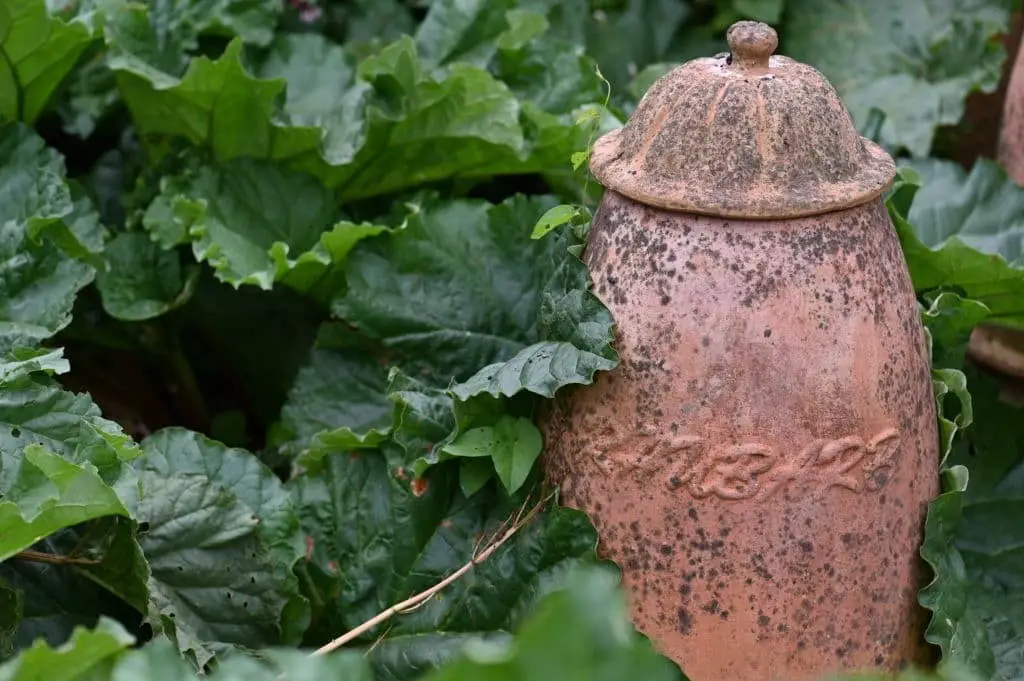
Rhubarb enthusiasts may be surprised to learn that it’s possible to coax these plant crowns into growing in the dark. This technique is particularly useful for gardeners living in areas with prolonged winters, where natural light is scarce. To initiate this process, simply wait until the roots are chilled by frost, then remove them from their outdoor environment and place them in a warm, dark room lit by candles or artificial lighting.
Next, cover the crowns with a layer of soil, sawdust, or peat to maintain optimal growing conditions. With proper care, forced rhubarbs can be harvested just six weeks later, providing a welcome source of essential nutrients like potassium, vitamin C, and calcium during the winter months.
Chicory
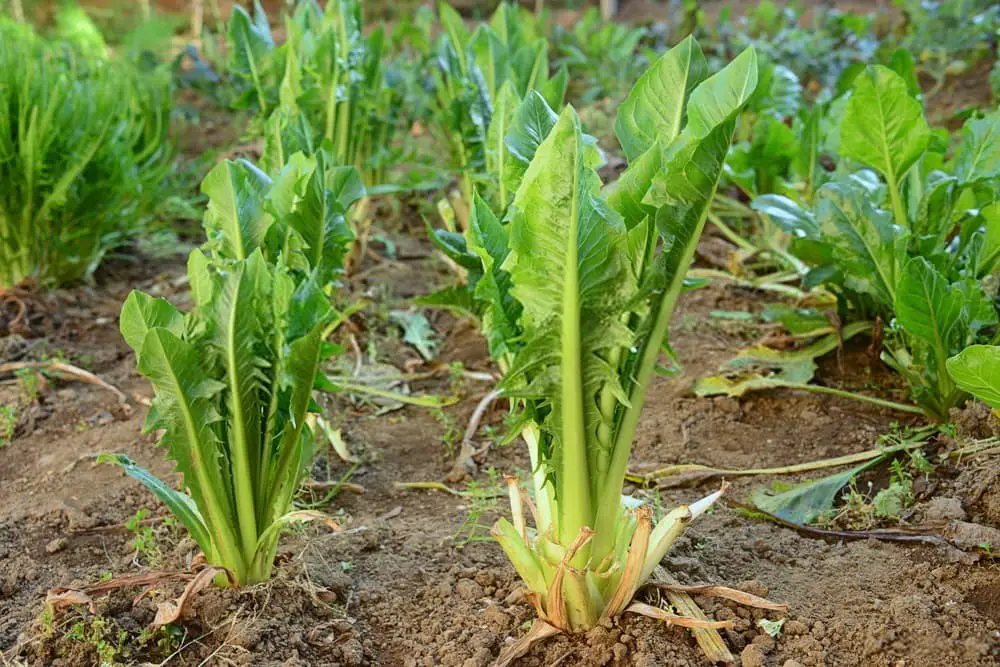
Chicory, often referred to as chicon in salad greens, may not be a well-known ingredient to many. However, its unique characteristics make it an interesting addition to explore. Unlike other leafy greens, chicory’s roots are forcedly harvested during the winter and stored in a dark bin, covered with soil or peat, for a period of about a month. This process allows them to be re-harvested when transferred to a garden bed, where they produce distinct foliage during the spring or summer months.
Beansprouts

A staple in many Asian cuisines, bean sprouts are also one of the easiest edibles to cultivate in complete darkness. Their crunchy texture makes them a popular ingredient in stir-fry dishes. To ensure a steady supply, simply soak the bean sprouts overnight and then lay them out on an absorbent cloth. Next, enclose the cloth in a dark container or cupboard and wait for several days to weeks before they’re ready for harvest.
It’s important to note that you shouldn’t harvest the first bean sprouts you see, as they still retain a bitter flavor. Instead, allow them to continue growing until they reach the desired level of sweetness.
Mint
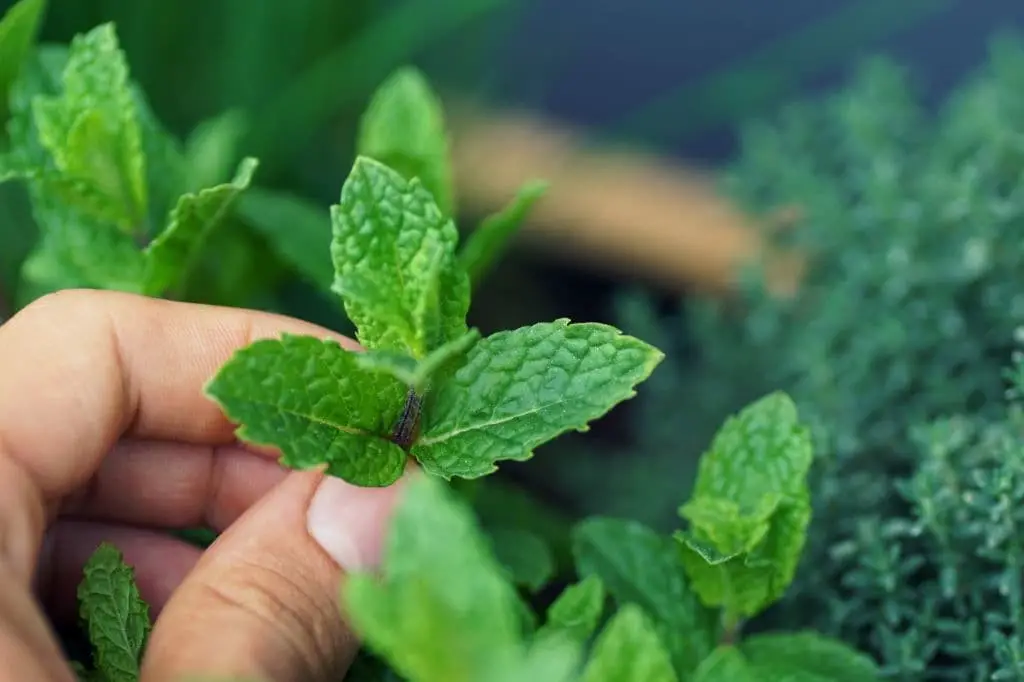
Mint, a versatile herb, can thrive indoors despite its ability to tolerate low light conditions. While it may not do well in complete darkness, it’s an edible worth mentioning due to its exceptional hardiness compared to other greens. In addition to its culinary uses, mint has the added benefit of being a natural insect repellent and pest deterrent, making it a valuable addition to any indoor space.
Kale
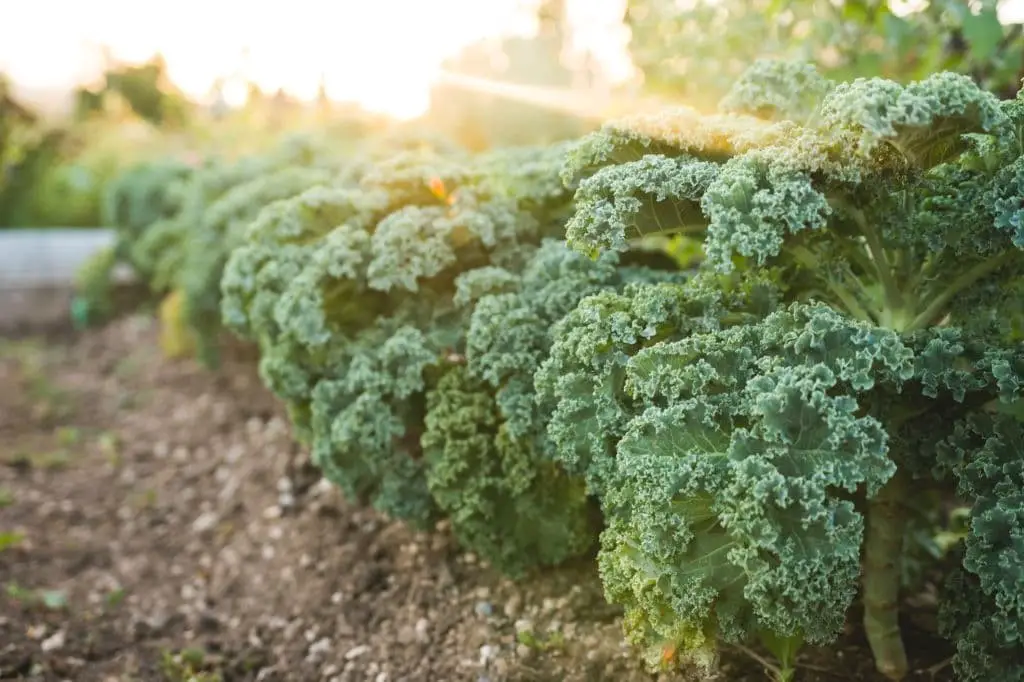
One of the most impressive aspects of this superfood is its adaptability to grow indoors and thrive in low-light conditions. To get started, simply plant kale seeds in a pot and gradually introduce them to your home’s lighting environment. If you’re looking to cultivate it in areas with extremely limited natural light, you can successfully do so.
This approach not only enables urban gardening but also saves you the time and expense of purchasing kale at the store, allowing you to easily incorporate it into your diet. Interestingly, this same principle applies to other salad greens like chard, lettuce, and their ilk, which can also be grown in low-light settings with minimal effort.
Ginger

Ginger is an incredibly versatile and adaptable spice that can thrive in indoor conditions with low light. One of its unique features is its ability to regenerate from refrigeration – simply store it in the fridge and expect new growth within a few days. For a continuous supply, you can pot ginger and place it in a warm, moist environment. Unlike many plants, ginger doesn’t require an abundance of light to grow; just warmth, moisture, and patience will suffice.
As your plants mature, take note that the first leaves to emerge can be harvested for use in ginger tea or as a flavorful addition to Asian-inspired salads.
Chameleon plant

This remarkable plant boasts exceptional adaptability and resilience, thriving in environments where others might struggle. Its reputation as a stalwart in traditional Vietnamese cuisine is well-deserved, given its natural affinity for wet, shady, or dark locations. While it can indeed flourish in these conditions, growers looking to cultivate it for culinary purposes are advised to contain its spread by growing it in pots.
As a fast-growing and potentially invasive species, unchecked growth can lead to unwanted consequences.
Fiddlehead fern

While all ferns share a preference for low-light conditions, this particular species excels in complete darkness. Not only is it edible, but it’s also a valued ingredient in many traditional cuisines around the world. Foragers often incorporate it into salads or use it as a nutritious addition to their meals. As an added bonus, these ferns are incredibly easy to care for and can thrive in neglect, making them a low-maintenance option for gardeners.
In fact, they often sprout up alongside hostas and other shade-loving perennials, adding a touch of greenery to even the most shaded areas.
What edibles can be grown in partial shade?
For those looking to transition to a more sustainable and organic approach to cooking, cultivating an urban garden in your own backyard can be a wonderful step. If you’re struggling with low light or complete darkness, don’t worry – there are still many delicious edibles that thrive in partial to full shade.
In fact, some of the most nutritious and flavorful options can be grown in these conditions, including arugula, Brussels sprouts, sorrel, spinach, radish, watercress, rutabaga, carrots, broccoli, turnips, and salsify.
Conclusion
While light is often considered essential for plant growth, some species have adapted to thrive in low-light or even darkness conditions. These resilient plants can survive and flourish in environments with limited climatic tolerance. Among them are a select few that require minimal care and can tolerate extreme conditions. This phenomenon is truly remarkable, offering a unique opportunity for plant enthusiasts.
The variety of plants suitable for dark environments is surprisingly vast, catering to both ornamental and culinary purposes. With this knowledge, you’ll be able to make an informed decision about which plants will thrive in the dark.
Related Posts
To cultivate a thriving garden while minimizing water waste, consider these 7 tips for efficient vegetable irrigation. By adopting a more water-conscious approach, you’ll not only conserve this precious resource but also ensure your plants receive the right amount of moisture. Here’s how to make every drop count: 1. Use rainwater harvesting systems to collect and store rainfall for later use. 2.
Implement drip irrigation techniques that deliver water directly to plant roots, reducing evaporation and runoff. 3. Optimize soil structure by incorporating organic matter like compost or mulch to improve its ability to retain moisture. 4. Install smart irrigation controllers that automate watering schedules based on weather conditions. 5. Utilize shade cloth or row covers to reduce transpiration and minimize the need for frequent watering. 6.
Apply water at the base of plants, avoiding overhead sprinklers that promote evaporation. 7. Monitor soil moisture levels using probes or resistance meters to avoid overwatering. By incorporating these water-saving strategies into your gardening routine, you’ll not only reduce your environmental impact but also enjoy healthier, more resilient plants.


